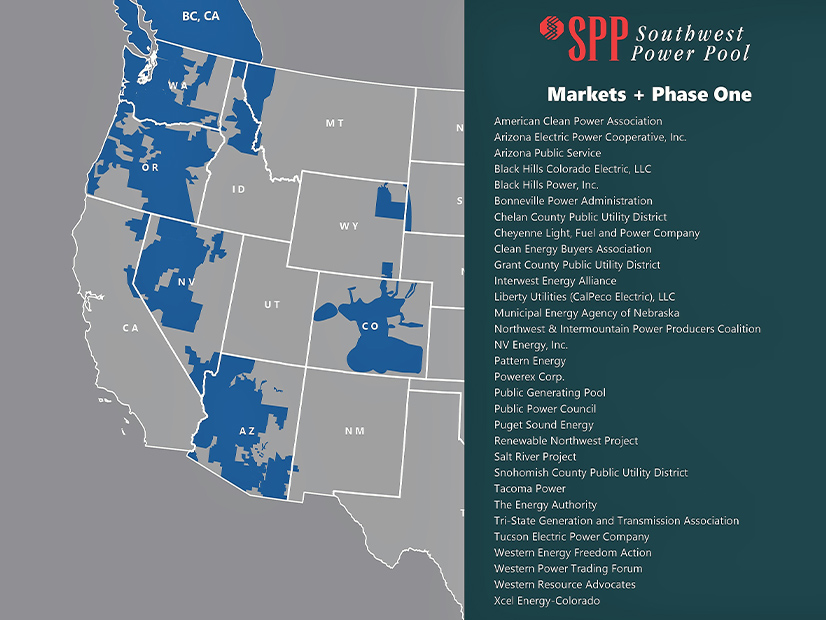Program management “sprints” within the high-tech sector have little on SPP Markets+ stakeholders’ work developing a market tariff, says Oregon Public Utility Commissioner Letha Tawney.
High-tech sprints normally last four weeks, the Markets+ State Committee’s (MSC) vice chair said during a March 15 conference call with other Western regulators.
“What we’ve had here is a 10- or 11-month sprint,” Tawney said. “It’s been really challenging for the SPP staff. Very challenging for them, but also it really asked a lot of the state agencies in a way that we’ve not tried to engage in the West before. We’ve not tried to tackle a whole tariff all at once in this way.”
Tawney is hopeful the process will get smoother “more like our other engagements with regional organizations in the West, where we can go a little deeper, be a little more methodical.”
No worries there. With the tariff approved by Markets+ stakeholders and going before SPP’s Board of Directors next week for final consideration before a FERC filing, stakeholders will focus on the more technical work of drafting protocols and rules.
Reflecting on Tawney’s comments, Gia Anguiano, the Western Interstate Energy Board’s government relations specialist and the MSC’s staff secretary, said the next phase of Markets+ will be anything but a sprint.
“We’ve been very deep in the tariff development process, but this protocols phase is the next level down. It’s going to be a bit more technical and in the weeds,” she said.
SPP’s timeline would have that work completed by year’s end, along with expected FERC approval of the tariff early in the fourth quarter.
The MSC staff will prepare potential comments from the regulators on the FERC filing. The committee plans to begin a conversation on the comments rather than wait for the tariff to be filed.



